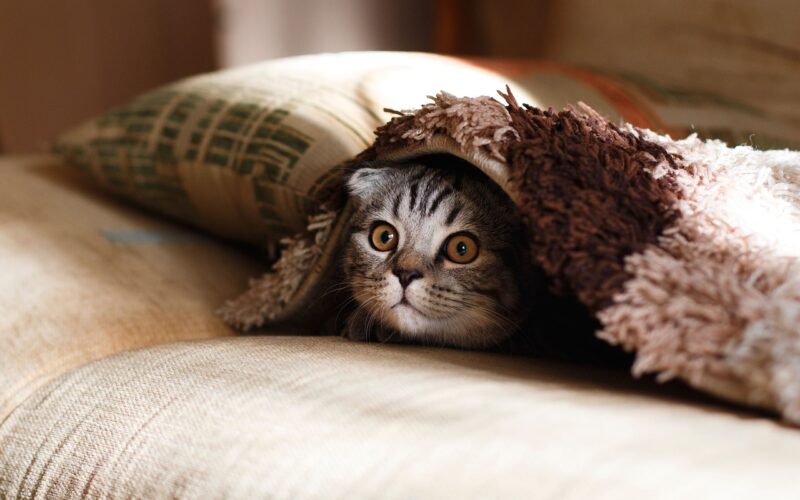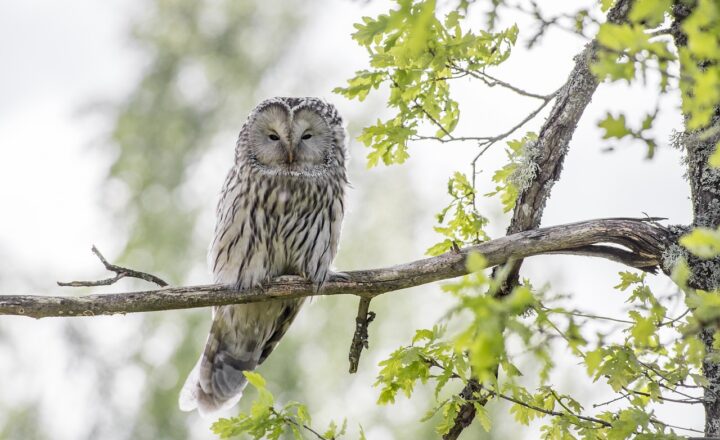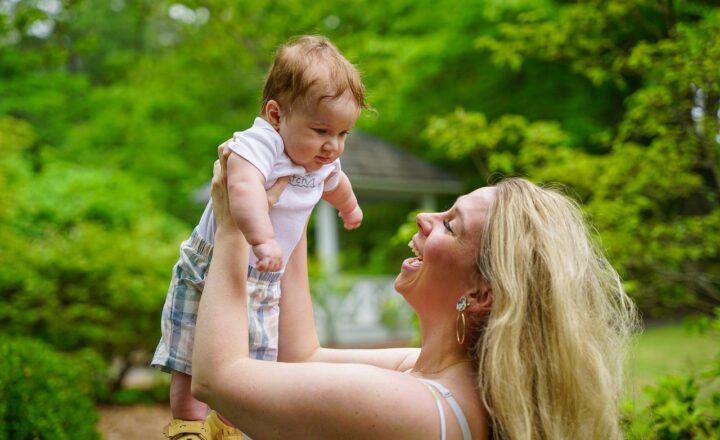Why Cats Knead: The Science Behind This Common Behavior
November 10, 2024

Cats are fascinating creatures, often exhibiting behaviors that leave us curious and amused. One such behavior is kneading, where cats push their paws in and out against a soft surface—often their owner, a blanket, or a pillow. While it might seem like a quirky feline habit, kneading serves several purposes rooted in both instinct and emotional comfort. In this article, we will explore the science behind this common behavior, its various meanings, and how it relates to a cat’s development and psychology.
1. Understanding Kneading: What Is It?
Kneading is characterized by a rhythmic motion where cats use their front paws to push in and out against a surface. This behavior usually begins in kittenhood as a comforting action. Kittens knead their mother’s belly to stimulate milk flow while nursing, which establishes a bond between them and their mothers. Kneading can happen at any age, but it tends to be more prevalent in adult cats when they feel content.
Kneading can also appear with varying intensity: some cats knead gently, while others may show vigorous movements, accompanied by purring and drooling, indicating pure bliss.
2. The Reasons Behind Kneading
The science behind why cats knead relates to their development and instinctual behaviors. Here are some of the core reasons:
- Instinctual Behavior: Kneading is believed to be a leftover behavior from kittenhood, where kneading encourages milk production from the mother. This behavior can persist throughout their lives as a comforting memory from their early days as kittens.
- Territorial Marking: Cats have scent glands in their paws, and when they knead, they may mark their territory by leaving their scent on objects. This is a form of communication to other animals that this space is theirs.
- Stress Relief and Comfort: Kneading displays a cat’s comfort level in their environment; your lap, a soft blanket, or a favorite cushion may all be spots where they knead when feeling relaxed. This action helps relieve anxiety and stress as they engage in a behavior reminiscent of their nurturing experiences as kittens.
- Contentment and Happiness: A cat that kneads while purring and kneading with soft claws can indicate sheer bliss and satisfaction. It is a sign that they feel safe, cozy, and secure in their environment, particularly when they are around their favorite humans.
The act of kneading provides both physical and emotional satisfaction for cats, promoting relaxation and a bond with their human companions.
3. Kneading Across Different Breeds
Interestingly, not all cats knead the same way. Some breeds may be more predisposed to this behavior, while others may seldom engage in it. Here are a few examples:
- Siamese Cats: Known for their vocalizations and social nature, Siamese are often seen kneading due to their high affection and attachment to their owners.
- Maine Coons: These gentle giants tend to knead with their larger paws, often resulting in a more pronounced kneading action. They also exhibit this behavior as a means of affection and bonding.
- Bengal Cats: Bengals are playful and energetic. As such, they might knead during their calmer moments to nurture a sense of comfort and safety, usually when they are lounging next to their favorite person.
Kneading habits can vary significantly from cat to cat, influenced by their breed, upbringing, and individual personality.
4. The Role of Kneading in Cat-Human Relationships
When your cat kneads you, they are often expressing trust and affection. This behavior is a positive reinforcement of the bond you share with your furry friend. Here are a few insights into what kneading can signify in cat-human relationships:
- Trust and Safety: By kneading on you, your cat is signaling that they feel comfortable in your presence. This is an indication of a strong, trusting relationship between you and your feline companion.
- Affection Expression: Cats who knead may enjoy virtually massaging you, showcasing their affection. This behavior fosters emotional bonds and enhances overall pet-parent relationships.
- Nesting Instincts: Kneading can also be linked to a cat’s instinct to create a safe and comfortable resting area, similar to how they would prepare a nest while pregnant. This behavior is natural and signifies that they consider you part of their family or their safe resting place.
Observing your cat kneading can remind you of the bond you share and the trust they place in you.
5. What to Do if Your Cat Kneads Excessively
While kneading is generally harmless and encourages a deeper bond, some cats may knead excessively or inappropriately, which can be problematic for their humans. Here are some tips on how to manage this behavior if it becomes excessive:
- Provide Alternatives: Offering your cat a designated kneading spot, like a soft blanket or a cat bed, can redirect their attention while still allowing them to engage in this comforting behavior.
- Keep Nails Trimmed: Long claws can cause discomfort when kneading. Regular nail trimming can help reduce damage to furniture and your skin.
- Understand Triggers: Observe your cat’s triggers for kneading. If they knead more during stressful times, offering additional comforts, like a warm blanket or additional playtime, can help reduce anxiety and over-kneading.
Understanding your cat’s behavior is essential to maintaining a harmonious relationship with your furry friend. Remember, kneading is mostly a sign of affection, so while you may need to set boundaries, reducing this behavior is not about eliminating it altogether.
Conclusion
Kneading is a delightful and natural behavior found in cats, bringing joy to both them and their human companions. Its origins stem from kittenhood and serve various functions, including comfort, communication, and stress relief. Whether your cat is engaging in this behavior as a vestige of their upbringing, as a sign of affection, or as a method of marking territory, kneading is a reflection of a trusting and loving relationship between cat and owner.
So the next time your furry friend kneads your lap, take it as a compliment—your cat considers you a source of comfort and love.








